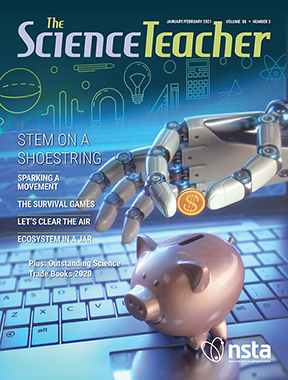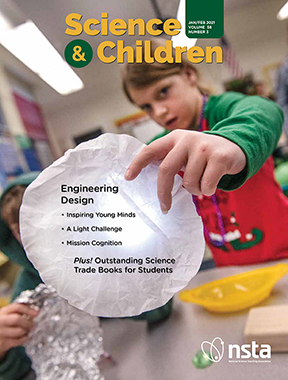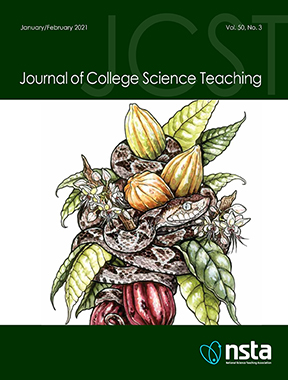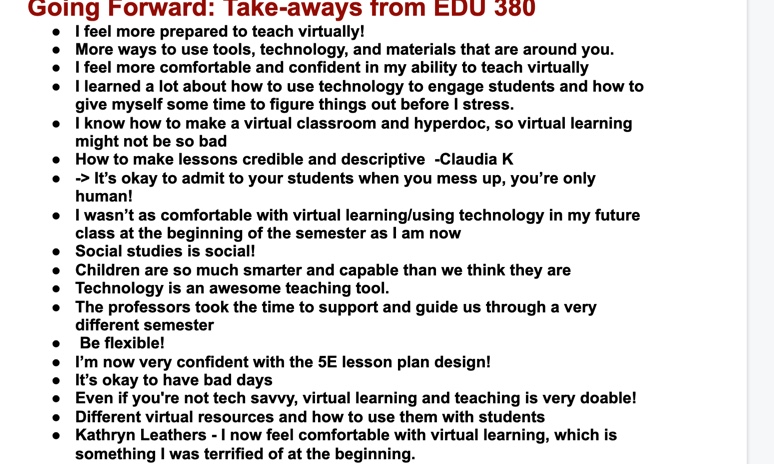Transforming Science Learning: Theory to Practice: Practical Guidance for Engaging MLs in 3D Science, February 24, 2021
Join us on Wednesday, February 24, 2021, from 7:00 PM to 8:30 PM ET for another edition of the Transforming Science Learning series.
NSTA and the World-Class Instructional Design and Assessment (WIDA) have joined forces in a new program, Making Science Multilingual (MSM), to support the equitable inclusion of multilingual learners in three-dimensional science. The program co-leaders will share how the MSM Design Principles translate to specific equity-focused action in your classrooms.
Join us on Wednesday, February 24, 2021, from 7:00 PM to 8:30 PM ET for another edition of the Transforming Science Learning series.
NSTA and the World-Class Instructional Design and Assessment (WIDA) have joined forces in a new program, Making Science Multilingual (MSM), to support the equitable inclusion of multilingual learners in three-dimensional science. The program co-leaders will share how the MSM Design Principles translate to specific equity-focused action in your classrooms.
Join us on Wednesday, February 24, 2021, from 7:00 PM to 8:30 PM ET for another edition of the Transforming Science Learning series.
NSTA and the World-Class Instructional Design and Assessment (WIDA) have joined forces in a new program, Making Science Multilingual (MSM), to support the equitable inclusion of multilingual learners in three-dimensional science. The program co-leaders will share how the MSM Design Principles translate to specific equity-focused action in your classrooms.
Join us on Wednesday, February 24, 2021, from 7:00 PM to 8:30 PM ET for another edition of the Transforming Science Learning series.
NSTA and the World-Class Instructional Design and Assessment (WIDA) have joined forces in a new program, Making Science Multilingual (MSM), to support the equitable inclusion of multilingual learners in three-dimensional science. The program co-leaders will share how the MSM Design Principles translate to specific equity-focused action in your classrooms.
Join us on Wednesday, February 24, 2021, from 7:00 PM to 8:30 PM ET for another edition of the Transforming Science Learning series.
NSTA and the World-Class Instructional Design and Assessment (WIDA) have joined forces in a new program, Making Science Multilingual (MSM), to support the equitable inclusion of multilingual learners in three-dimensional science. The program co-leaders will share how the MSM Design Principles translate to specific equity-focused action in your classrooms.






